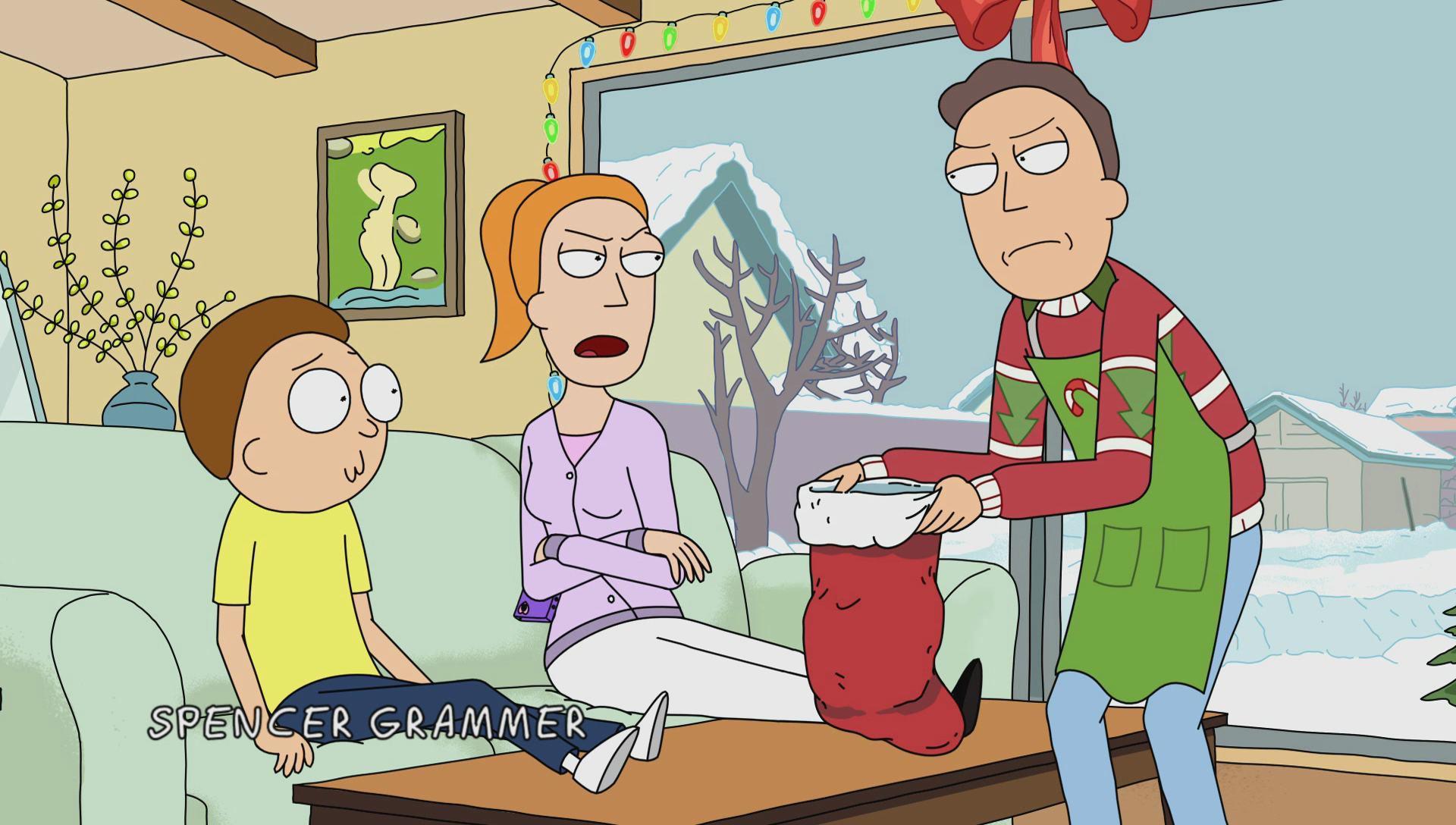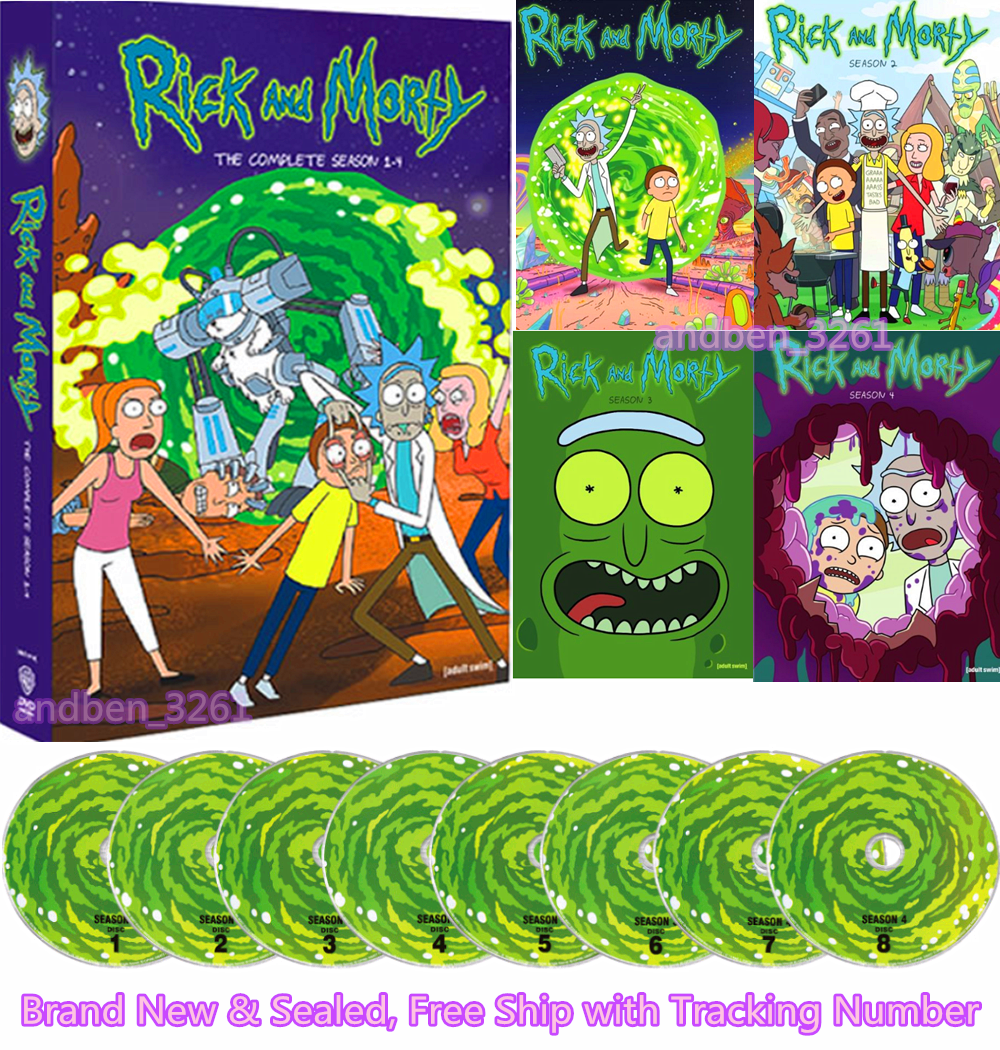
They aren’t just disposable sidekicks: The Ricks have ensnared them in an infinitely recurring, symbiotic relationship of abuse and forgiveness. It turns out that Rick and Morty’s dynamic is neither accidental nor some recurring quirk of the multiverse, but an elaborately orchestrated operation perpetuated by all Ricks across the multiverse to manufacture Mortys en masse. Returning to the Citadel of Ricks, the trans-dimensional city-state first seen in the season 1 episode “Close Rick-counters of the Rick Kind,” Rick and Morty are captured by the “Evil” Morty who first appears in that episode, and who later takes over the Citadel in the Season 3 episode “The Ricklantis Mixup.” After scanning Rick’s brain, Evil Morty injects a memory device into Morty’s neck, causing him to experience a brutal vision exposing the dark truth behind his relationship with his grandfather.
#Rick and morty season 1 episode 1 shoes part series
Fans were right to ask: Why was Rick and Morty’s relationship one of the only recurring constants across the dozen or so universes glimpsed throughout the series - maybe the only constant?Īfter five seasons, “Rickmurai Jack” delivers the answer.

After defending Rick, Birdperson points to an assemblage of framed photos, one of which is of a much younger Rick holding what appears to be a very young Morty. That question became even more conspicuous in the episode “Get Schwifty,” when Birdperson, Rick’s longtime pal, rescues Morty after he runs away with Rick’s portal gun. But that’s impossible: If Rick has been gone for at least 20 years, as the series claims, and has only recently reappeared to his daughter Beth, how could he have memories of Morty as a baby? Image: Adult Swim “Close Rick-counters of the Rick Kind” shows a glimpse of Rick’s memory of holding infant Morty. The question has hovered at the fringes of Rick and Morty’s premise as far back as the first season.

(Why does Rick hate himself so much?) In the two-parter finale, “Forgetting Sarick Mortshall” and “Rickmurai Jack,” the show finally circles back to answering one of the most profound, consequential questions at the heart of the series’ dynamic: What do Morty and Rick really mean to each other? And now season 6 may look nothing like what we’ve come to expect from the series, in a good way.Īcross 50 episodes, Dan Harmon and Justin Roiland’s animated sci-fi sitcom has been propelled by Big Questions, from the farcical (what if there was a universe where people were chairs and food was made out of phones?) to the more serious. As the season 5 finale puts into perspective, much of the series’ run, the show’s format has mirrored the arc of Rick’s actual fragmented life, and now it was finally time to confront the messy consequences of his actions. As a fan of Rick and Morty, it’s a welcome change: With each subsequent season I’ve grown more exhausted with the show’s emphasis on one-off episodes where the plot repeats the same comedic broad strokes over and over again to diminishing effect - but maybe that’s by design.

5 with a two-part finale, leaving the mad scientist and his grandson-sidekick at a point where they can no longer run away from the past or the truth behind their relationship.

Season 5 of Rick and Morty concluded on Sept.


 0 kommentar(er)
0 kommentar(er)
